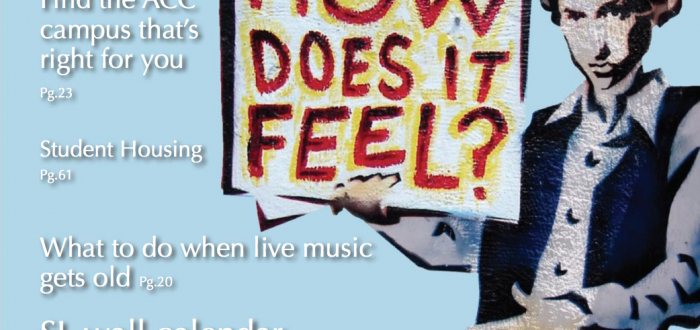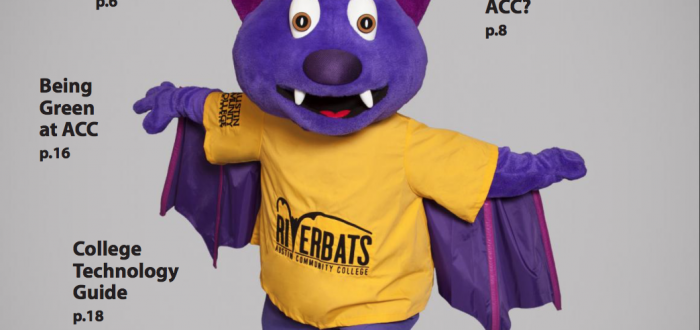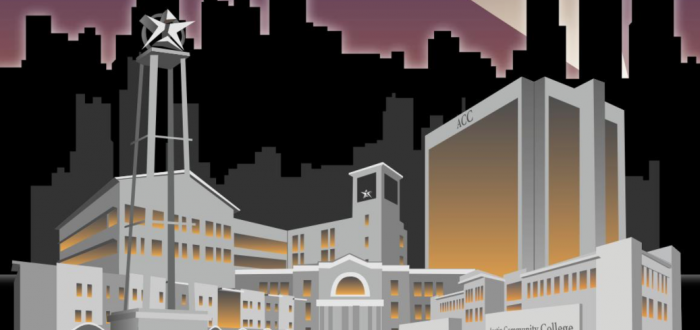Story by Dillon Fleharty
Voters will decide in November whether Austin Community College will receive roughly $386 million to build new facilities and renovate existing ones.
The Bond package is divided into two propositions: one is focused on the planning and construction of future growth, while the second is focused on funding existing growth, health and safety issues and sustainability. The propositions, totaling around $386 million, would increase the property tax rate by two cents, meaning homes valued at $200,000 would see an increase of $39 per year after the standard homestead exemption. However, seniors and homeowners with disabilities would only see an increase of $16.
Trustees are also calling on voters to incrementally increase the college’s property tax cap to help stabilize tuition costs, cover deferred maintenance and expand veteran and adult learning programs. If passed, it will only be the second time a tax cap has increased in ACC’s 41 years.
Board chair Jeffrey Richard said in a news release, “This proposal takes into account the impact on the public and allows us to ensure a pipeline of skilled workers throughout the region for the jobs of today and tomorrow, while keeping college affordable.”
The ballot will include:
Proposition 1 – Planned Growth and Workforce Advancement
• Highland campus – creating space for digital media, commercial music, continuing education culinary careers and other creative media
• Leander campus – planned for growth in the northwest
• Land banking for the Southeast Travis County Workforce Training Center
Proposition 1 total: $224.8 million
Proposition 2 – Existing Campus Growth, Safety, Technology and Sustainability
•District wide renovations – health, safety and sustainability
•Renovations to career training programs facilities after relocations to Highland Campus
•Hays Campus – First Responders Training Center
•Elgin Campus – Veterinary and sustainable agriculture programs
Proposition 2 total: $161.17 million
Maintenance and Operations Tax Cap
The ACC maintenance tax cap would increase one cent in fiscal years 2016, 2018 and 2020. The current maintenance and operations tax rate is $0.09 per $100 valuation. The total tax impact is estimated to be five cents if all three measures are approved. In addition, school administrators will begin budgeting for a tuition freeze over the next four fiscal years. While ACC’s enrollment was 38,611 this past fall, it is down from 40,159 of last year. However, officials project an average annual increase of three percent as the region’s population continues to grow.
ACC’s taxing district includes the city of Austin along with school districts of Leander, Hays, Elgin, Round Rock, Del Valle and Manor.
Each ACC campus will hold information sessions on the bond.
For more information visit austincc. edu/bond
And for a list of information sessions vist http://bit.ly/1viaDNz







